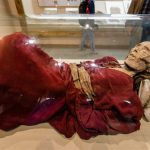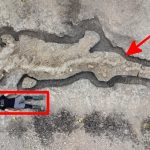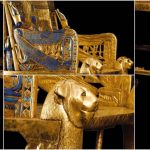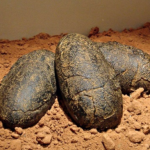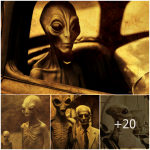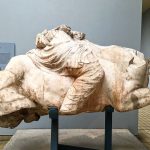Djehuty-mose’s Ushabti, Amun Temple supervisor

In the depths of the Egyptian Museum, amidst the labyrinth of artifacts that whisper tales of ancient glory, lies a relic that speaks of duty, devotion, and the sacred bond between man and the divine. It is the Ushabti of Djehuty-mose, bearing the title “Overseer of the Cattle in the Temple of Amun.” This small figurine, crafted with meticulous detail and imbued with symbolic significance, offers a window into the religious practices and beliefs of ancient Egypt, as well as the role of individuals like Djehuty-mose in serving the gods.
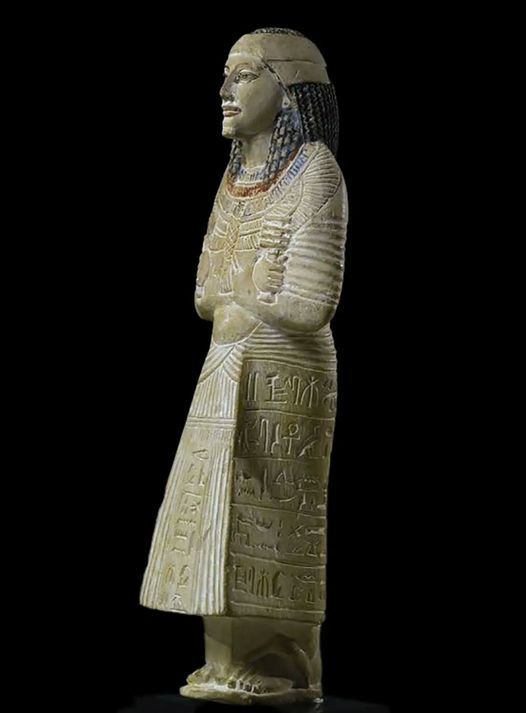
The Ushabti figurines, also known as “servant statues” or “shawabti,” were an integral part of ancient Egyptian funerary customs. Believed to come to life in the afterlife and perform labor on behalf of the deceased, these figurines were placed in tombs to ensure that the deceased would not be required to perform manual labor in the underworld. Djehuty-mose’s Ushabti, adorned with the title “Overseer of the Cattle in the Temple of Amun,” suggests that he held a prominent position in the priesthood of the powerful deity Amun, overseeing the care of livestock within the temple precincts.
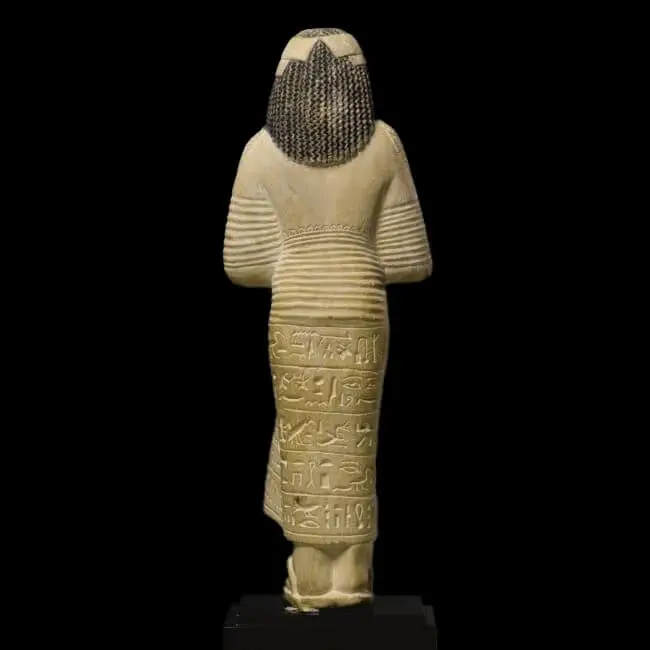
The significance of Djehuty-mose’s role as “Overseer of the Cattle” extends beyond mere administrative duties; it speaks to the sacred nature of his responsibilities and his close connection to the divine. In ancient Egypt, cattle were revered as symbols of fertility, abundance, and divine power. They played a central role in religious rituals and were often offered as sacrifices to the gods. As the overseer of the temple’s cattle, Djehuty-mose would have been entrusted with ensuring the well-being of these sacred animals and overseeing their care and management within the temple complex.
The Ushabti figurine of Djehuty-mose, with its intricately carved features and hieroglyphic inscriptions, offers a glimpse into the beliefs and practices of ancient Egyptian religion. The figurine would have been placed in Djehuty-mose’s tomb, alongside other funerary goods, to accompany him on his journey to the afterlife. Its presence served as a symbolic assurance that he would be provided with everything he needed in the next world, including servants to perform labor on his behalf.
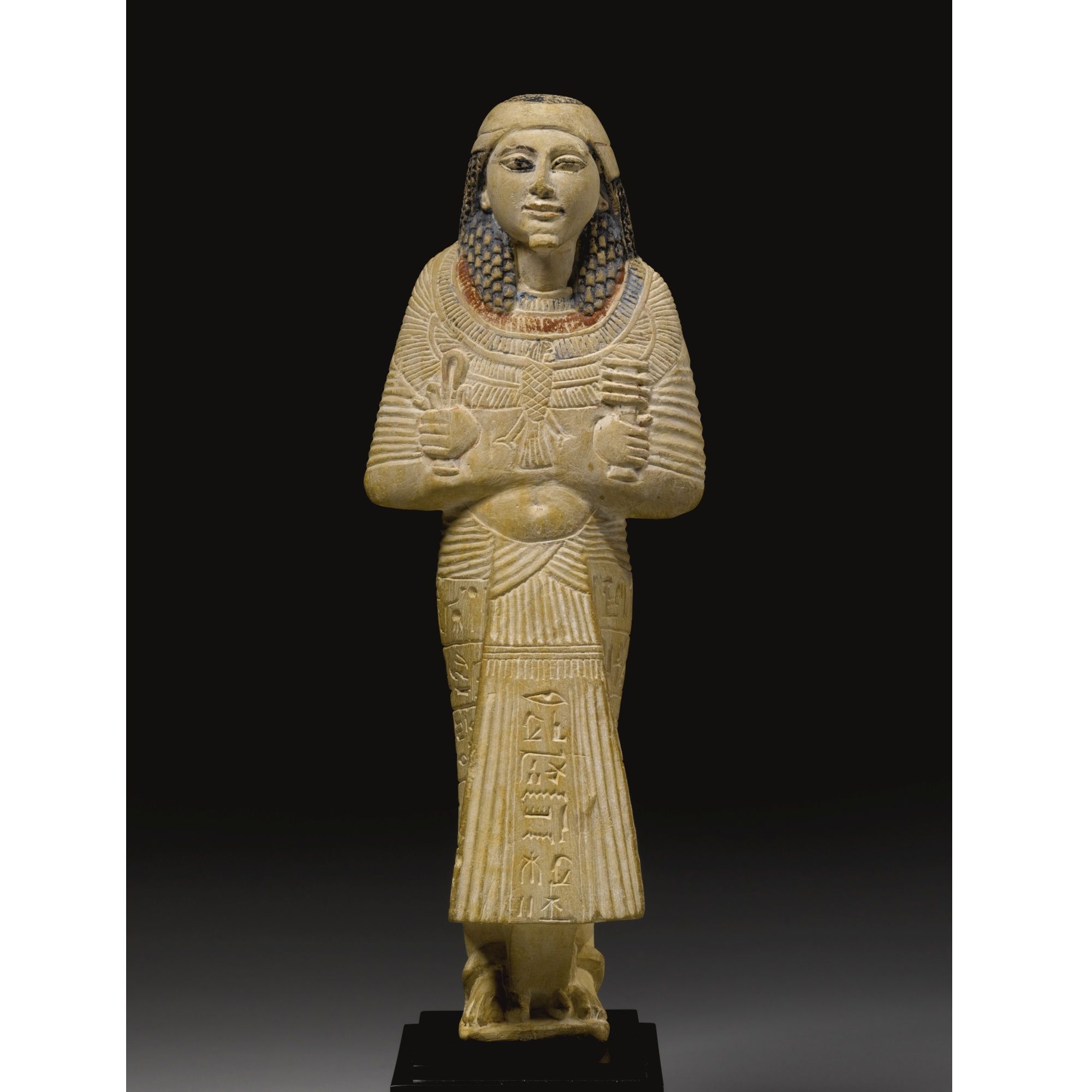
But beyond its religious significance, the Ushabti of Djehuty-mose serves as a tangible link to the life and times of a specific individual who lived thousands of years ago. Djehuty-mose, with his title and role within the temple of Amun, was a real person who played a meaningful role in the religious and cultural life of ancient Egypt. Through the study of artifacts like his Ushabti, archaeologists and historians can piece together a more nuanced understanding of ancient Egyptian society, its religious beliefs, and the individuals who inhabited it.
As visitors to the Egyptian Museum gaze upon the Ushabti of Djehuty-mose, they are reminded of the profound connection between humanity and the divine, as well as the enduring legacy of ancient Egyptian civilization. In its silent presence, the Ushabti speaks volumes about the beliefs, values, and aspirations of a civilization that continues to captivate and inspire us to this day.

